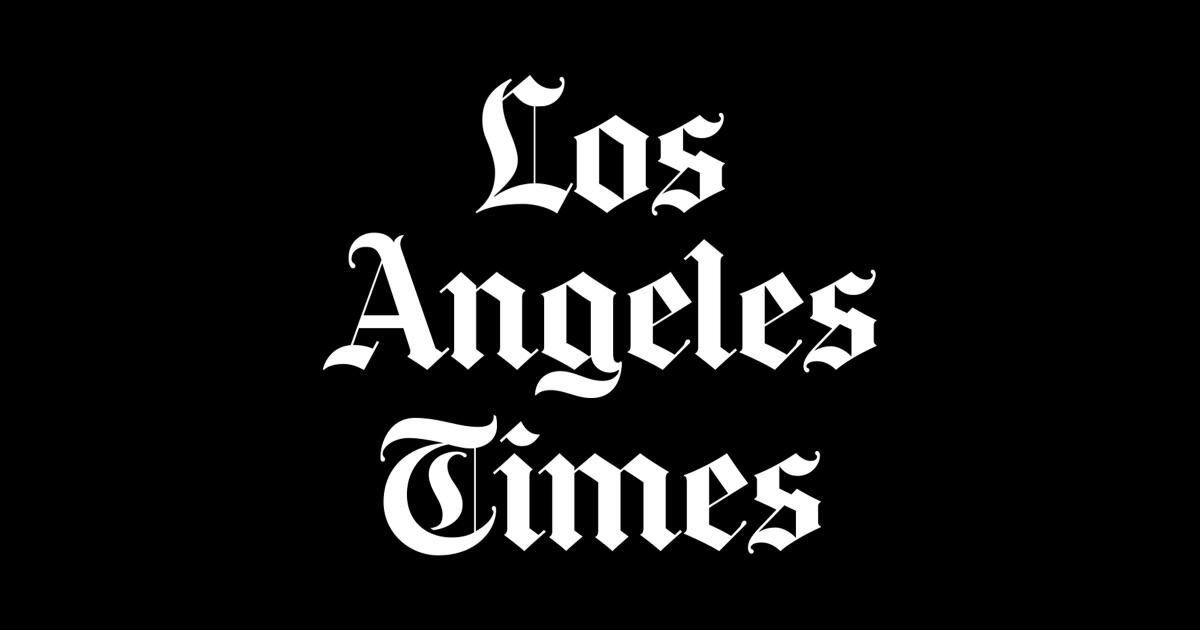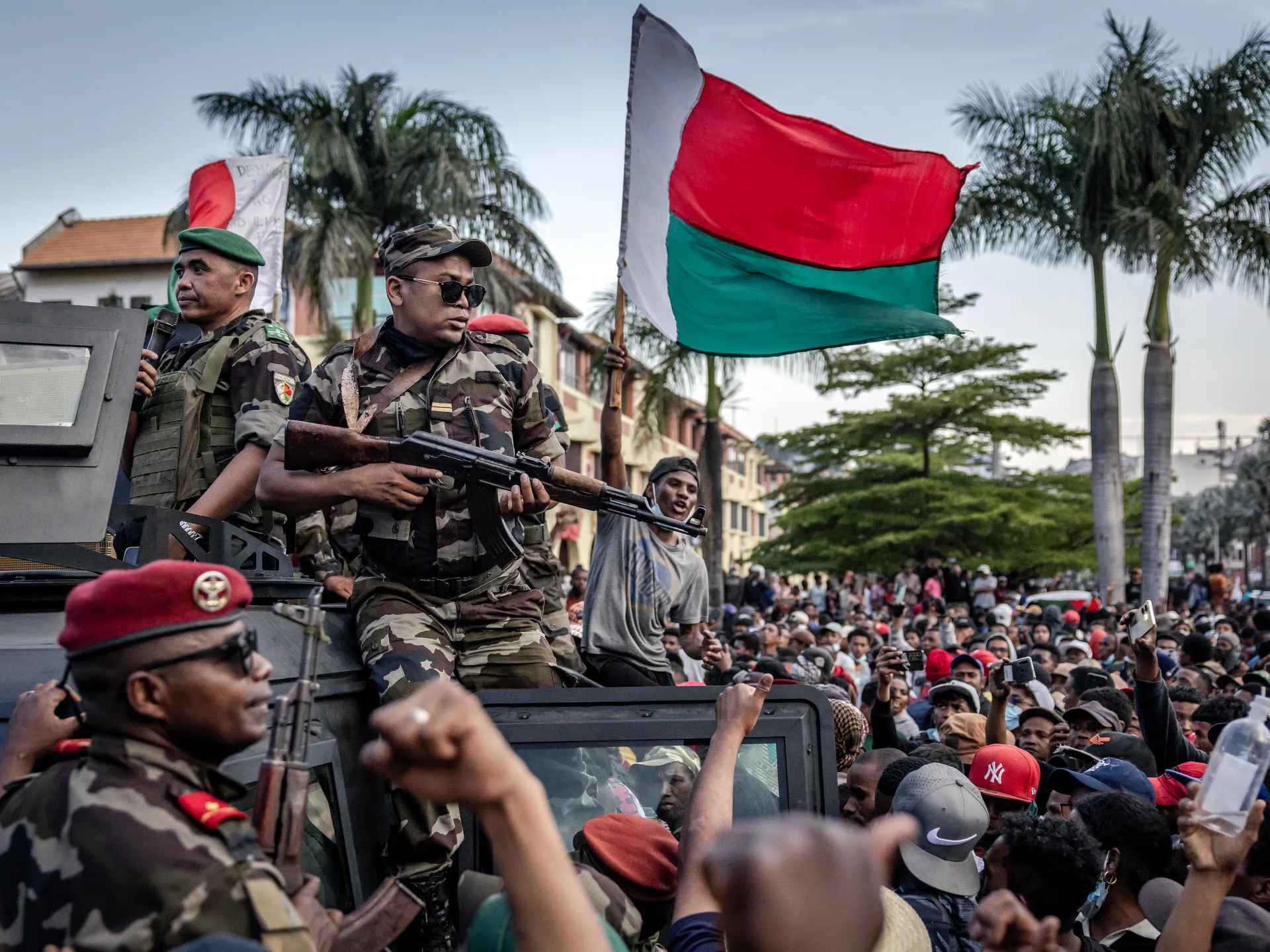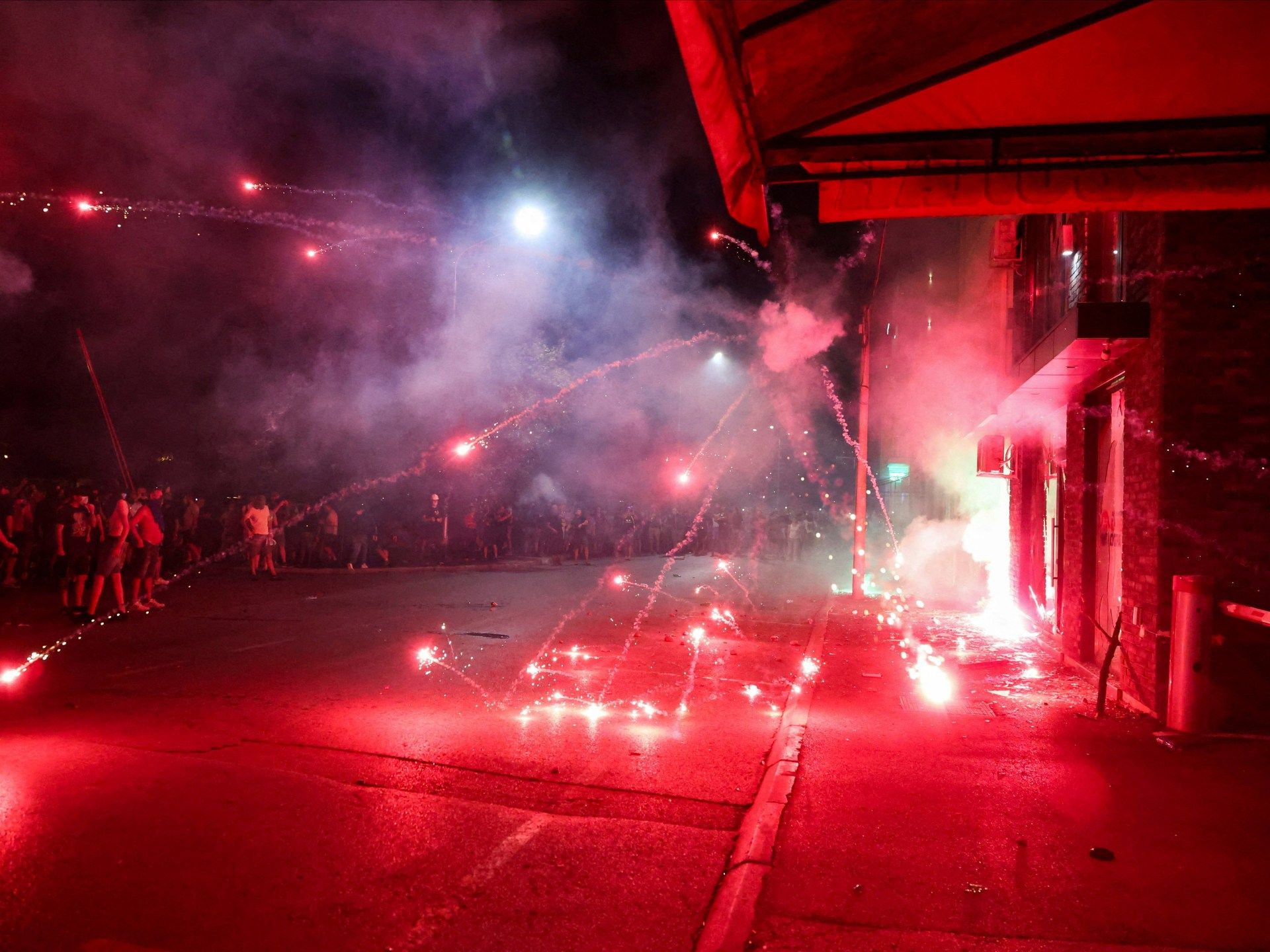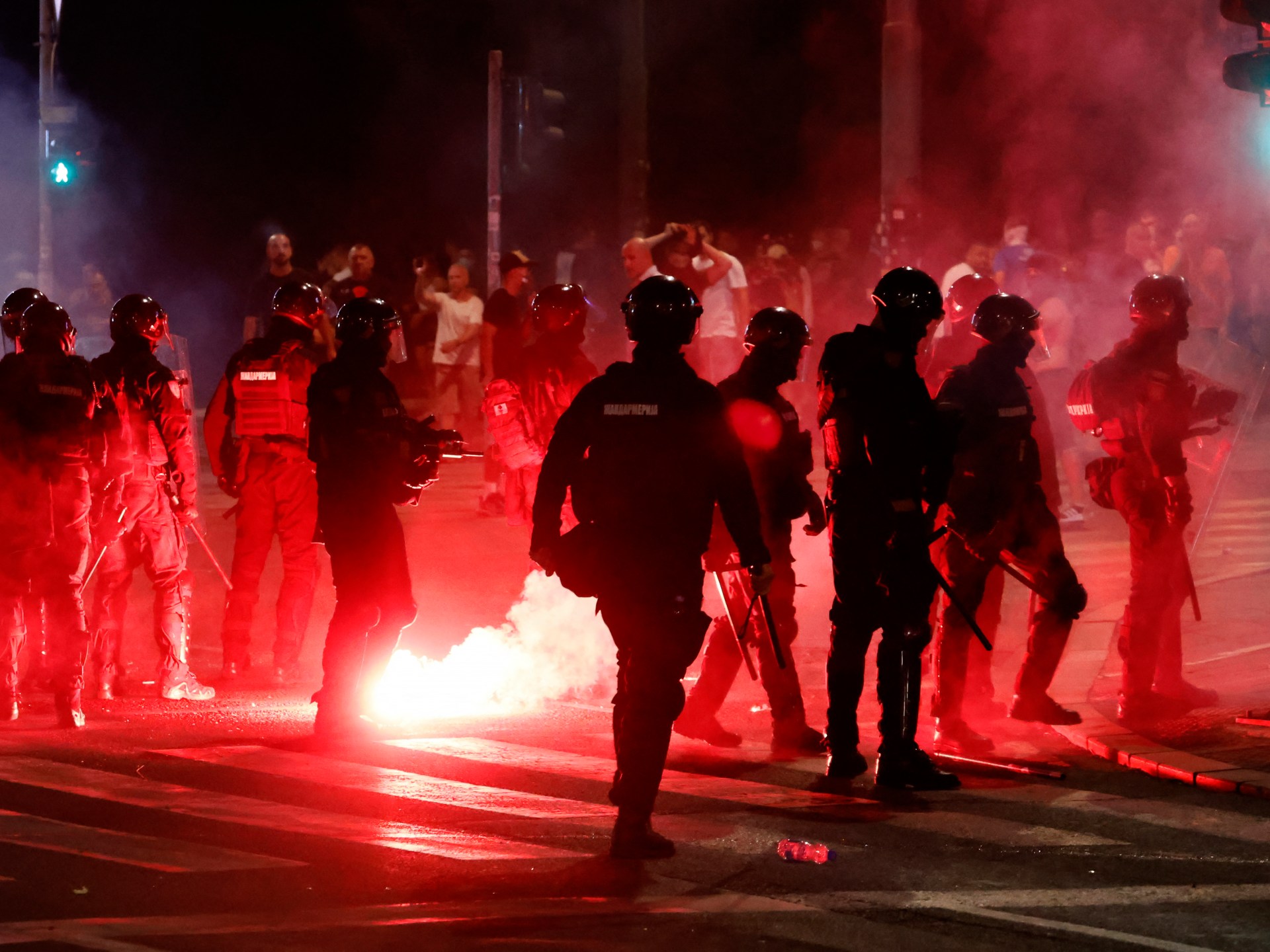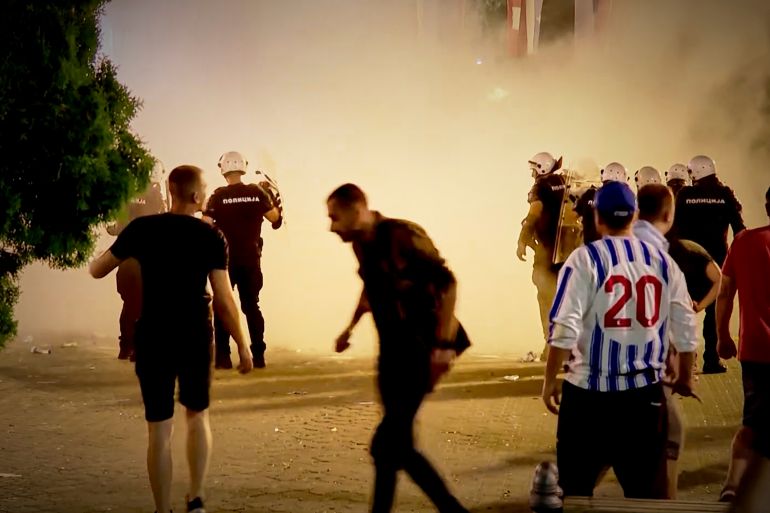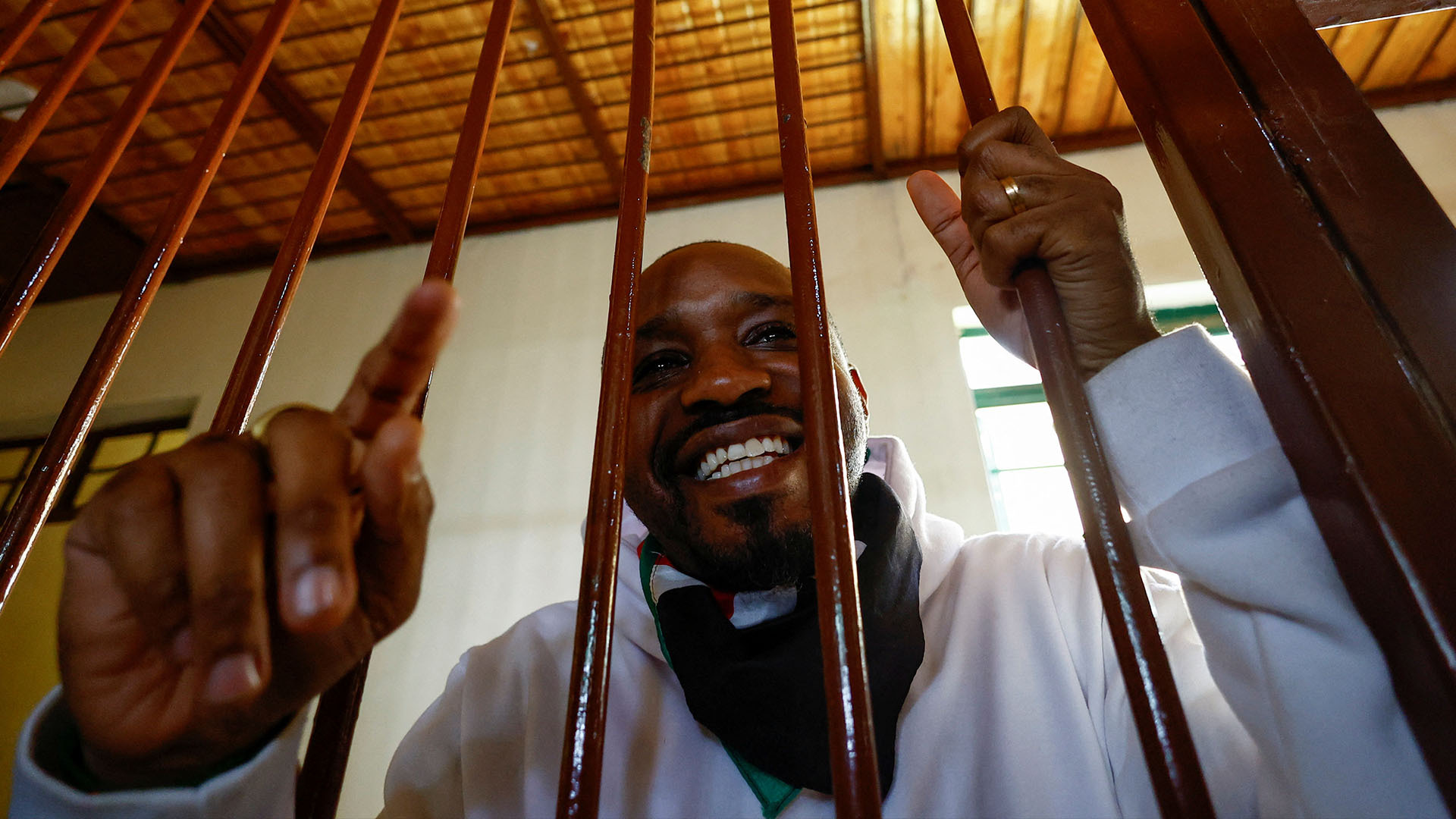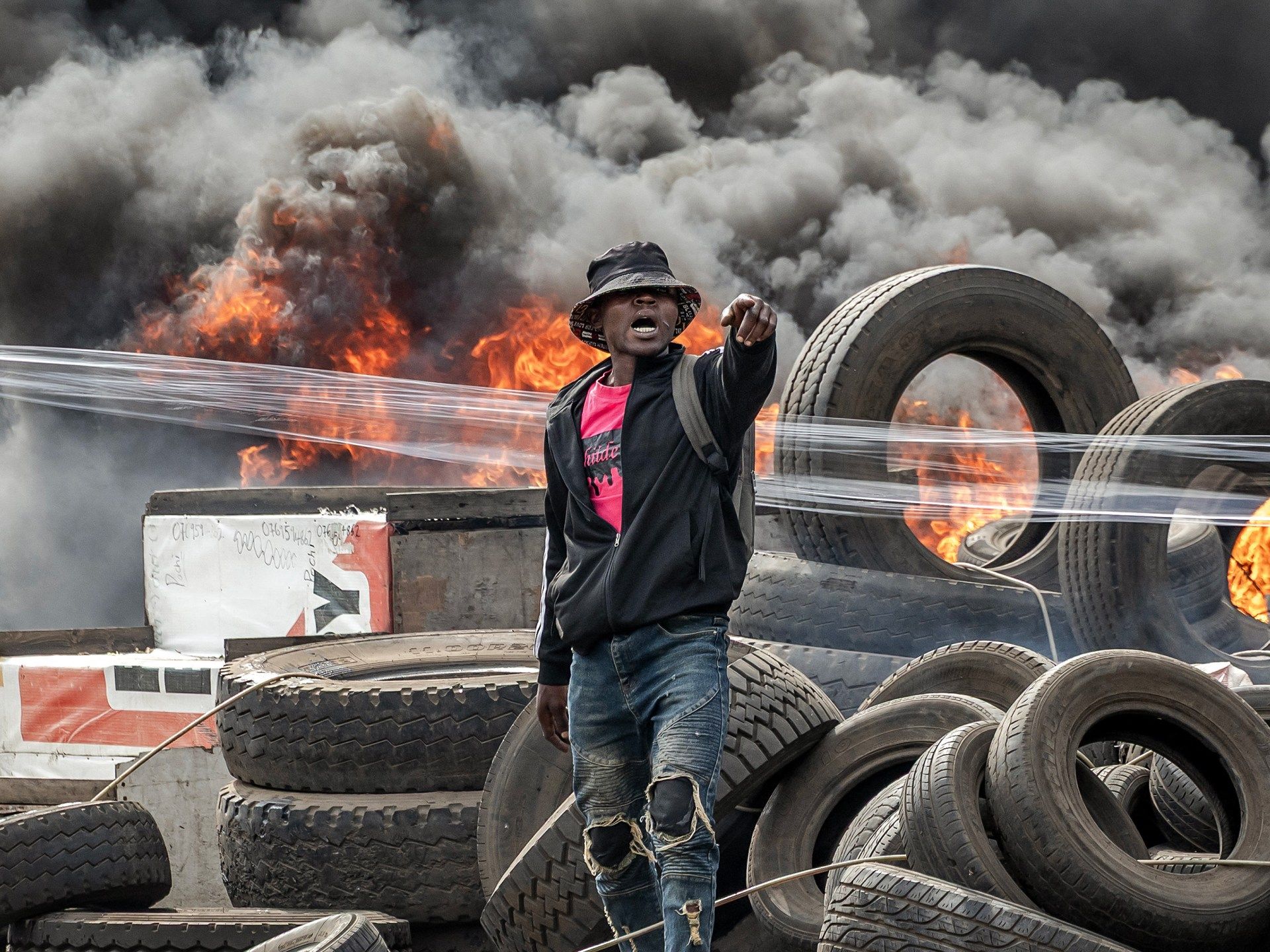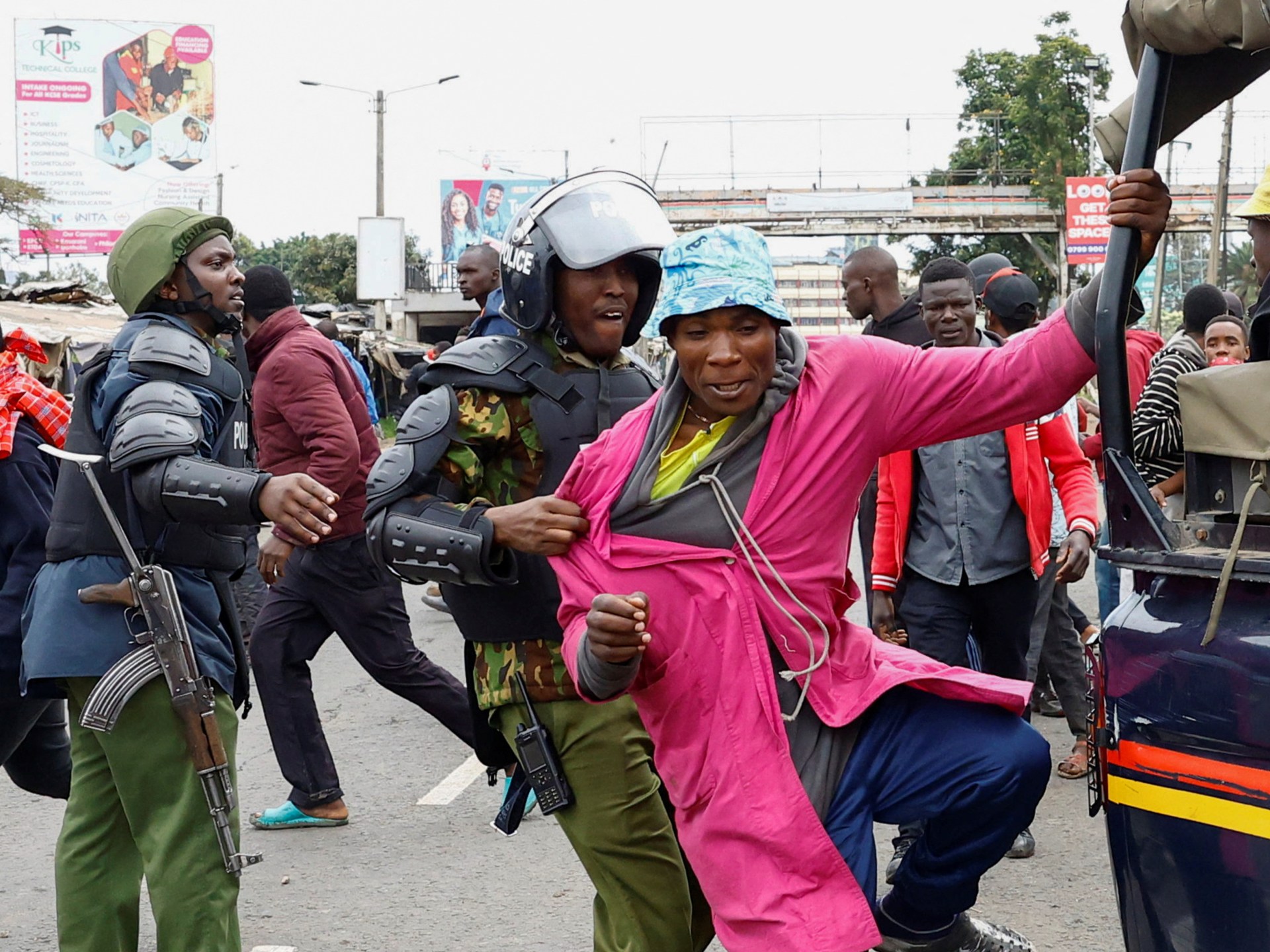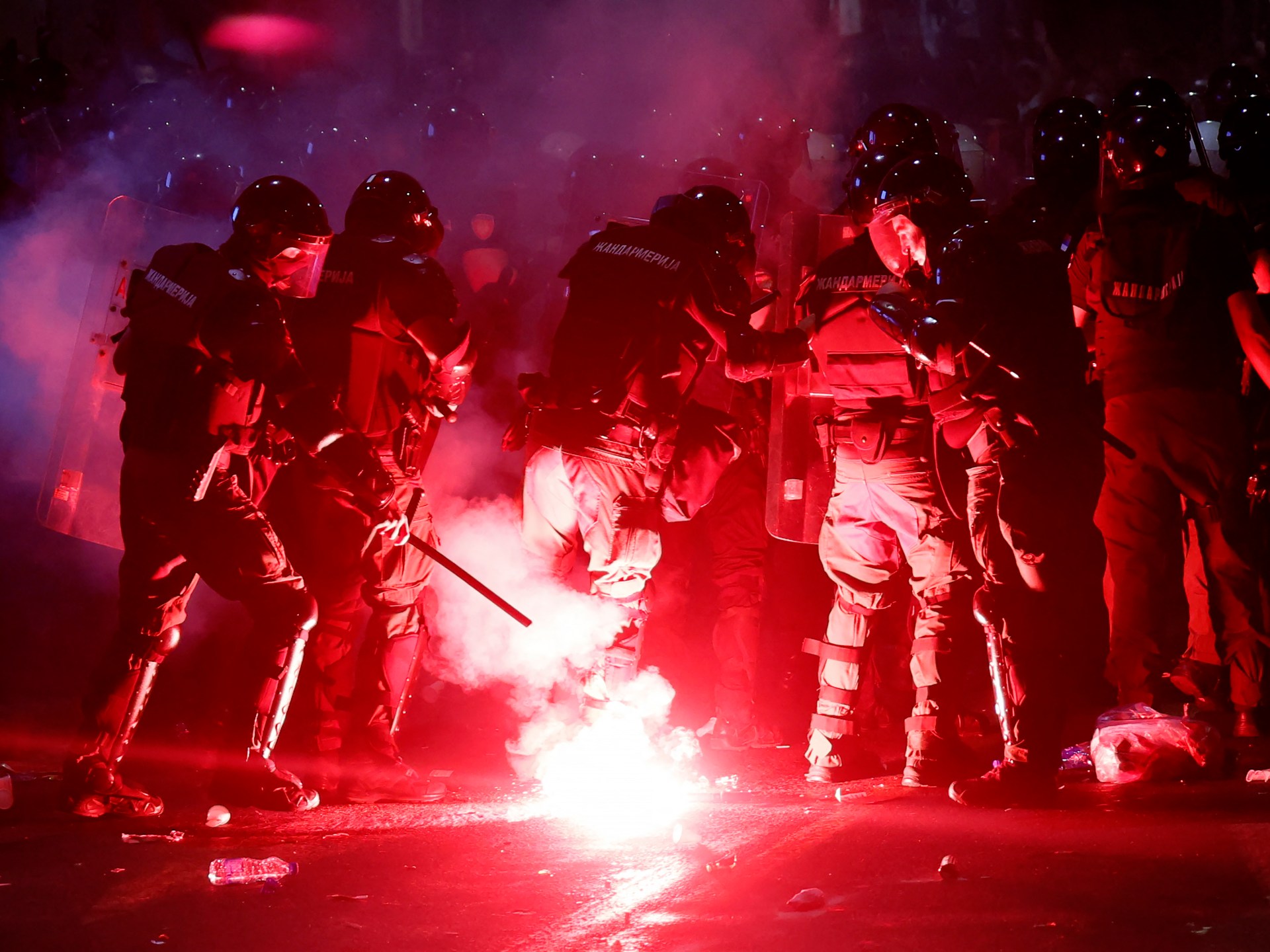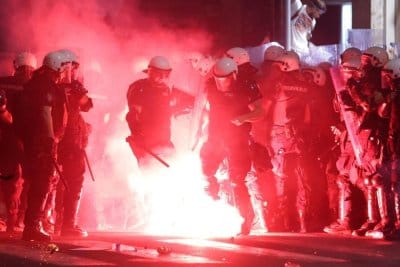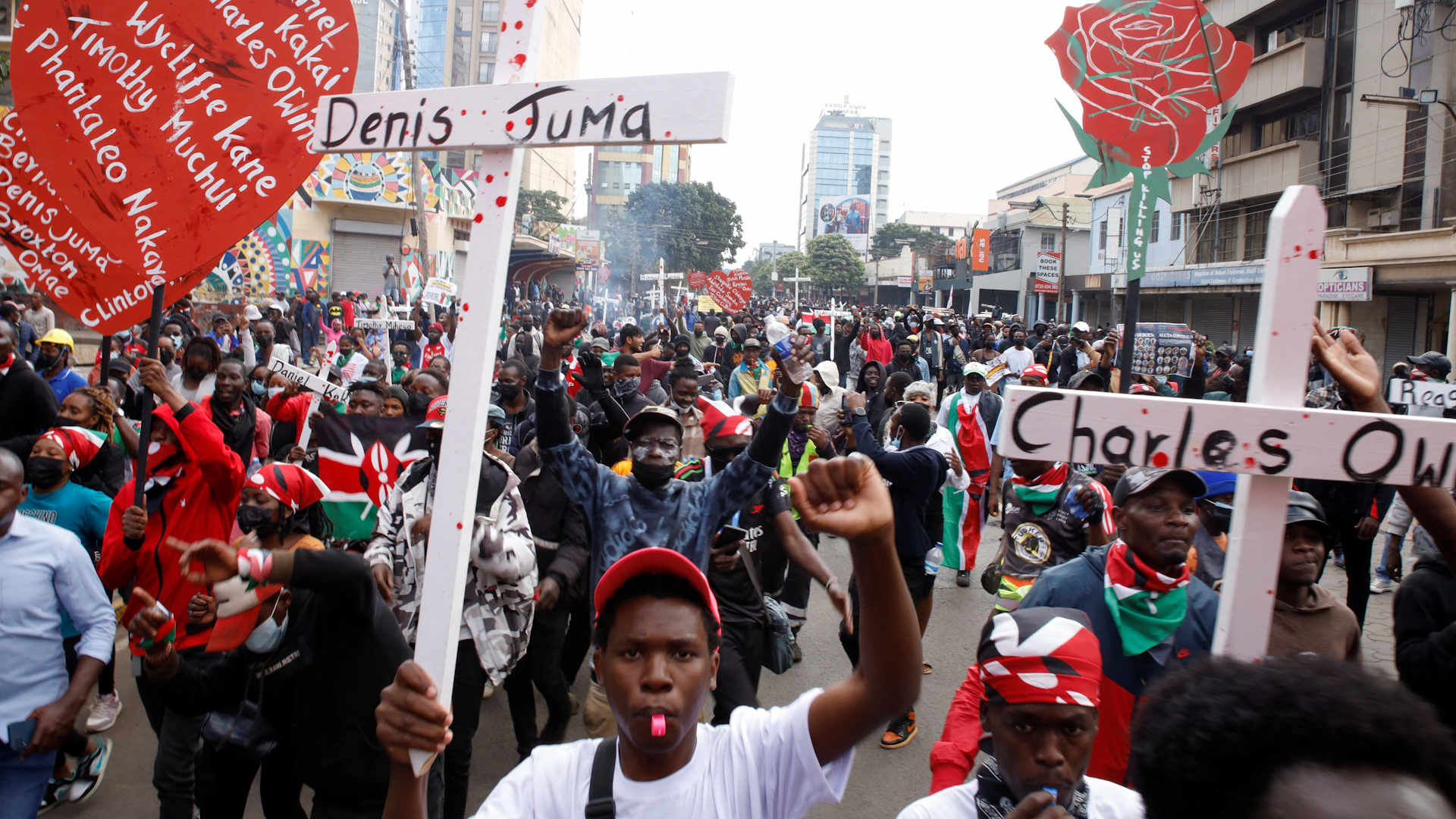GOP candidates try to tap voters’ anti-government mood
Reporting from Santa Clara, Calif. — Some of the major Republicans vying to become California’s next governor or U.S. senator have more money than others. Some are better known. Some are more in sync with their party’s traditional views.
But what all five have in common as they look toward the June 8 primary is a determination to tap what they see as public fury over the failures of government.
“Our government is out of control and out of touch, and so we will take it back and we will make it work,” U.S. Senate hopeful Carly Fiorina told hundreds of delegates at a weekend convention of Republicans in the Silicon Valley.
Assemblyman Chuck DeVore (R-Irvine) and former Rep. Tom Campbell, her rivals in the race to challenge Democratic incumbent Barbara Boxer, took different approaches. But each appealed just as overtly to the large share of California Republicans who identify with the conservative “tea party” movement.
Gubernatorial candidates Steve Poizner and Meg Whitman did the same as they vied to challenge presumptive Democratic nominee Jerry Brown.
For all of the major Republican candidates, capturing the public mood of revolt is key not only to succeeding in the primary but also to carrying momentum through the November general election, where voters have historically sided more with Democrats.
“These are Republican voters who — not only here, but all over the country — are very, very frustrated at what they’re seeing, and they’re treating the state government with the same contempt as they’re treating the Obama administration,” said Wayne Johnson, a Republican strategist and former Poizner advisor.
“People are going to be willing to pull the lever for people who are saying pretty aggressive things this time around.”
Most aggressive over the weekend was Poizner, the state insurance commissioner. Treading on sensitive political territory, he promised to deny all public benefits to undocumented immigrants and to stop any more from crossing the Mexican border into California.
“If I have to, I’ll send the National Guard to the border,” he told Republicans at a dinner Saturday. “If that doesn’t work, I’ll send the California Highway Patrol to the border. And if that doesn’t work, I’ll send the California Republican Party to the border.”
Poizner also promised to curb welfare, an issue — like immigration — that Republicans last pushed hard during the economic downturn of the 1990s.
Whitman, too, has called for scaling back welfare. But by and large, her attempts to ride tea party anger were subtler than Poizner’s.
“Voters are tired of runaway spending,” Whitman, a former chief executive of EBay, said in a dinner speech Friday. “They are tired of bigger government. And they have had it with broken promises.”
Roughly four of five Republicans see California as moving in the wrong direction, a level of discontent not seen since the recession of the early 1990s, according to a recent Public Policy Institute of California survey.
“The candidates are trying to tap into that very deep skepticism and pessimism and cynicism seen among Republican voters today,” said Mark Baldassare, president of the institute.
The large portion of undecided voters in both the gubernatorial and Senate primaries makes it that much more important for candidates to identify with the public anger.
In the Senate race, Fiorina, a former chief executive of Hewlett-Packard, applauded signs of a popular uprising, saying millions of Americans feel betrayed by “detached and arrogant leadership” in Washington.
“Whether we are conservatives, moderates, independents, Republicans, Democrats, Libertarians, tea partiers, we are all now members of one party; we are now members of the Had Enough party,” she told Republicans at a luncheon Saturday.
DeVore, an Irvine assemblyman popular among the party’s conservative rank and file, described Democrats as an ominous threat.
“We are facing statists who have it as their objective to trample the Constitution, to submerge future generations under a mountain of debt and to fundamentally transform America into a state that none of us would recognize,” he said.
He described himself as the candidate best suited to draw support from tea party activists who want “to rescue America and to rescue California.”
As for Campbell, his support of temporary state tax hikes has made it tougher to position himself as a champion of the movement, but he tried nonetheless.
“I am running,” he said, “because our freedom is at risk, threatened by a soft socialism that inserts government into every corner of our lives.”
Poizner strategist Stuart Stevens described the voters’ mood as “hot.”
Alluding to the 1976 film about a TV anchor who builds a following of angry Americans, he said, “This is ‘Network’: Mad as hell, not going to take it anymore.”
michael.finnegan @latimes.com
